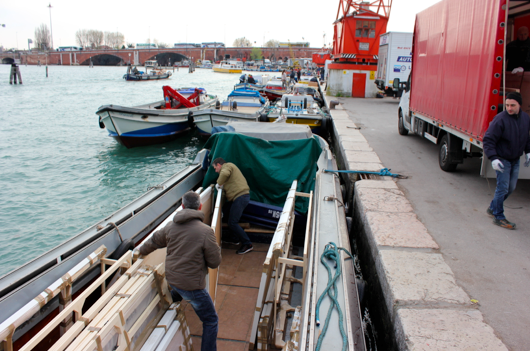
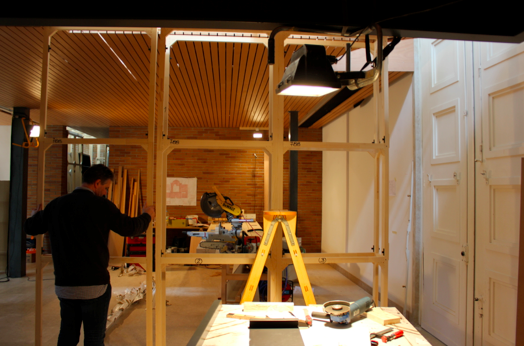
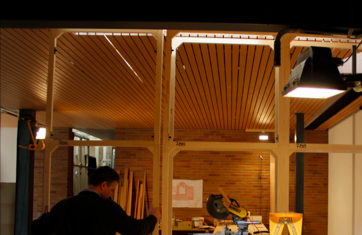
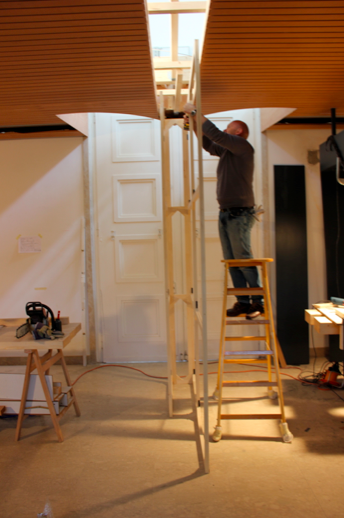
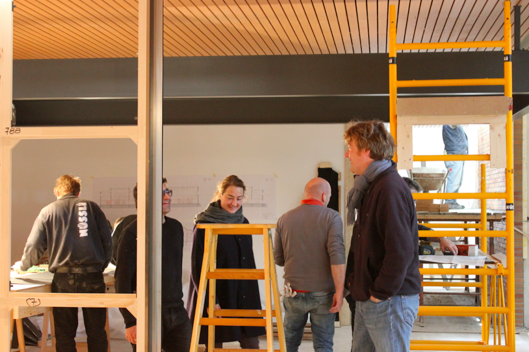
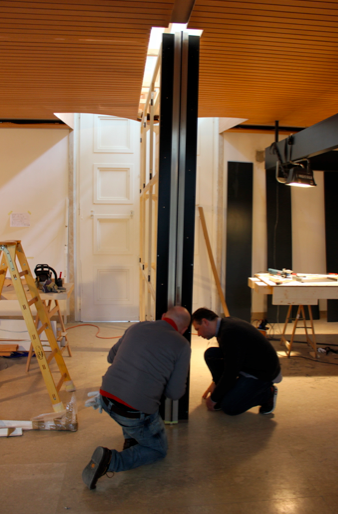
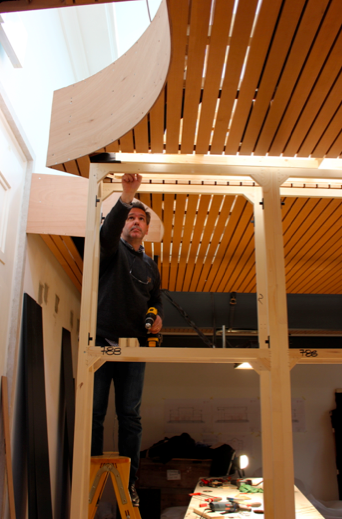
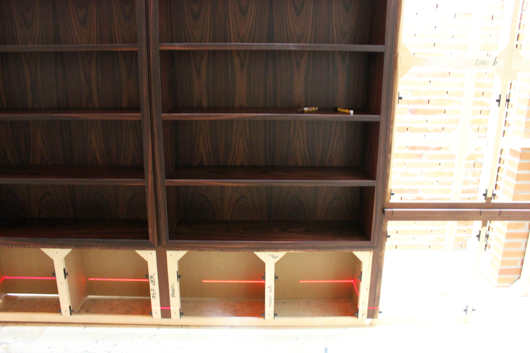
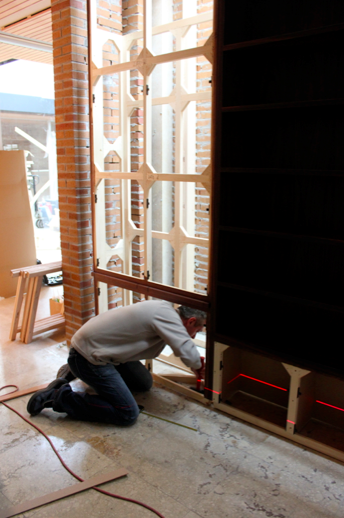
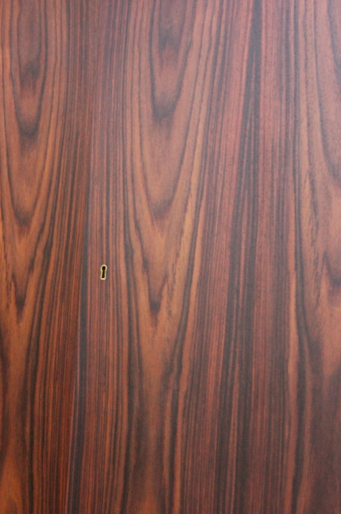
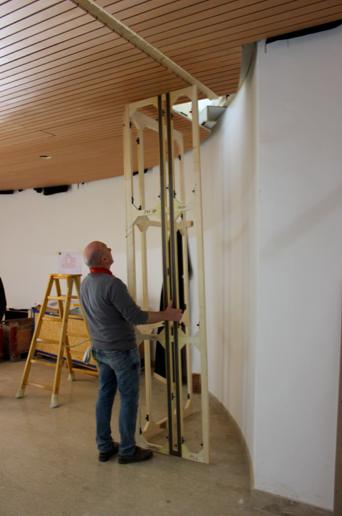
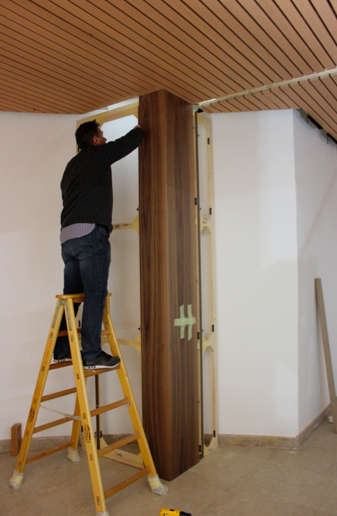
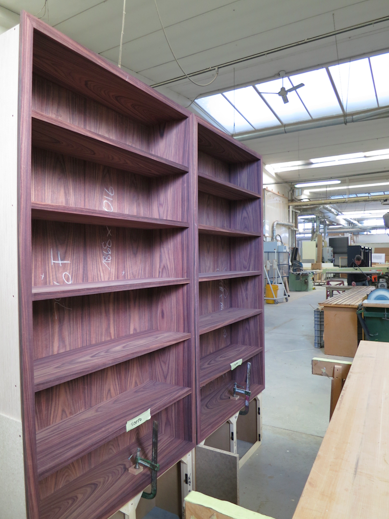
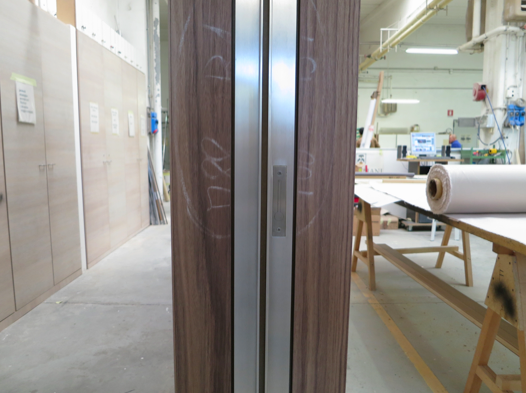
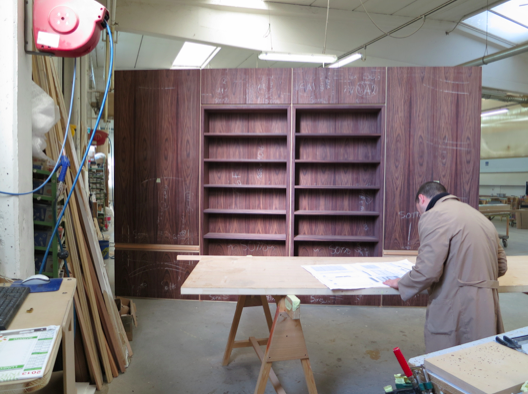
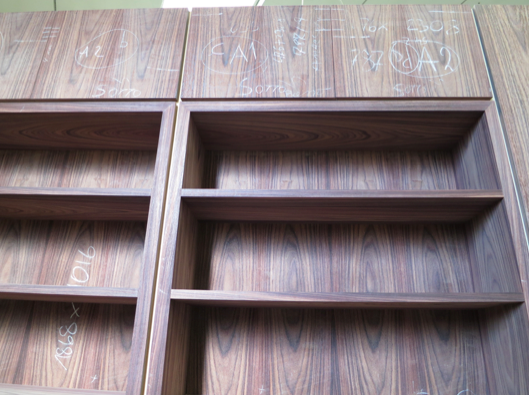
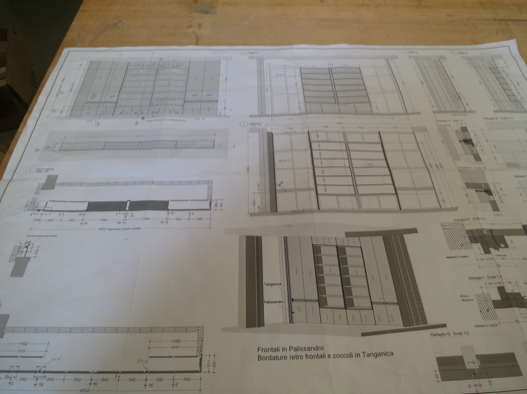
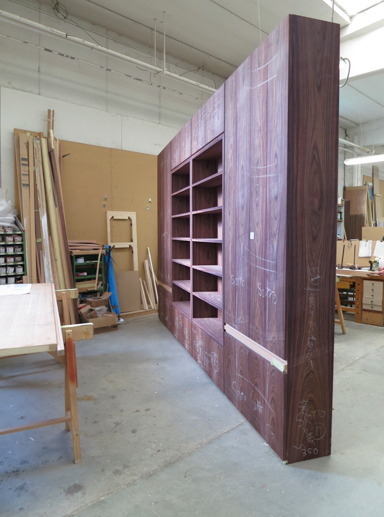
Monthly Archives: July 2014
Italians, crafters of their own future. Thanks Francesco Morace, Barbara Santoro and everyone at the “Italian Factor” presentation in Rome.
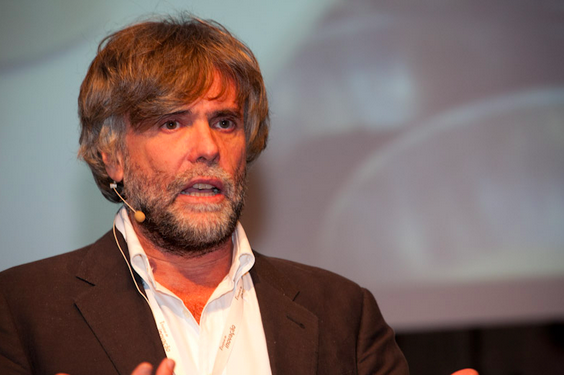
The Rome Chamber of Deputies presentation of the Francesco Morace and Barbara Santoro book “Italian Factor” has been truly interesting.
It’s been an engaging and focused think-tank on “how to multiply our country value”, conducted by Giovanni Aversa (from Mantua).
The “Italian Factor” project grows out from Barbara Santoro‘s passion.
She’s an Italian born entrepreneur and business coach who has lived in Canada.
As a proud Italian she is trying, with Francesco Morace’s help, to find new ways to improve Italian economic and cultural values.

In Rome the other day, Barbara asked everyone to suggest “the missing ingredient” of the Italian recipe… in form of a Twitter hashtag
She started with #coraggiodiosare, that can be translated into #bravetodare.
According to Barbara, Italy must leverage its strengths in order to be more effective on international markets.
Just like Oscar Farinetti does with Eataly.
Farinetti has built a distribution system that gives visibility and relevance to small businesses, within the Italian Food + Drink system.
Symbola’s president Ermete Realacci proposed #honor.
His take was focused on Italy beating the crisis through its very own values; innovation, quality and beauty.
Tito Di Maggio, former president of the Murgia “sofa district” in his first term as a Senator, spoke clearly about Italian politicians inadequacy with regards to companies’s needs.
That’s why he suggested an encouraging #nihildifficilevolent (nothing is impossible for those with a strong will!)… especially for Southern Italy companies.
Maria Sebregondi, the “Moleskine mother”, suggested #doittogether imagining that the sharing economy practices will be key in business, in the immediate future.
Paolo Cuccia (Gambero Rosso President) has been the boldest, with #newera.
In his opinion, this is the right time to promote Italian excellence as a whole, with special relevance to tourism, food industry and crafting.
Valeria Mangani, Altagamma Rome vice president, mentioned #infinitepossibilities.
She emphasized how the new luxury is “inside-out”: 100% human value, expressed in all forms, from bespoke apparel to custom-made furnishings.
Perhaps the most provoking speech was the one by Francesco Casoli of Elica.
#Passion, humility and connection: to win the game you have to stand for it!
As ermesponti, we suggested an idea coming from the Renaissance, and… from our company: #endtoendprocess.
In our view, excellence comes from the whole process, from the design phase to the manufacturing, through communication and sales.
After you’ve had a good idea, prototyping it is not enough!
If you cannot make it happen, for real, it’s useless.
It’s a shame to see Italians ideas and prototypes sold off to foreign companies growing their GDP with our talents.
In the end, we realised that the only who did not suggest an hashtag has been Francesco Morace.
He was strongly on his point, though:
Each Italian can and must act as a craftsman confronting his work (and perhaps his conscience): do it with passion and dedication in the best possible way, just for the pleasure of a well done job.
If we all could do this, without complaining about all things wrong in Italy, we already would have done so much for our country.
Italians, craftsmen of the future Italy… we could say, lulled by Pavarotti, who put an end to discussions with his unrivaled singing.
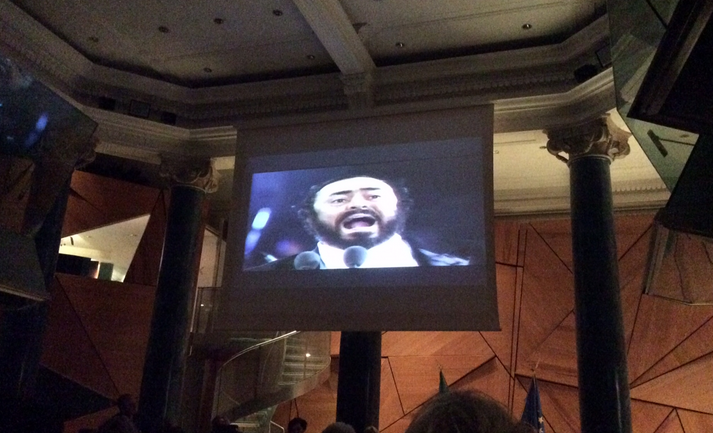
Fundamentals, Absorbing Modernity: the bricks and mortar case of the German pavilion.
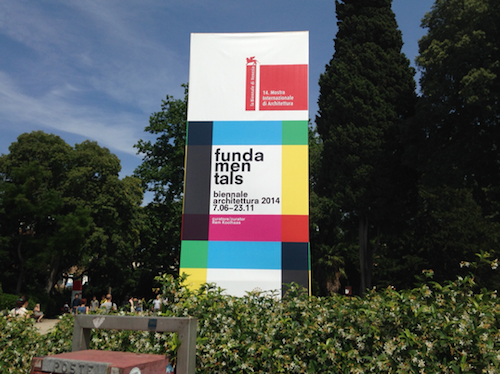 As everybody knows, the 14th Venice Architecture Biennale is titled “Fundamentals, absorbing Modernity 1914-2014” and invites 65 National Pavilions in the Giardini and at Arsenale to respond the theme examining the key moments from a century of modernization.
As everybody knows, the 14th Venice Architecture Biennale is titled “Fundamentals, absorbing Modernity 1914-2014” and invites 65 National Pavilions in the Giardini and at Arsenale to respond the theme examining the key moments from a century of modernization.
Ermesponti contributed to one of this, the German Pavilion, as a partner for the bespoke interiors of the ‘bricks and mortar’ project by the German firm Ciriacidis & Lehnerer architekten.
Bungalow Germania was judged to be one of the 10 best pavilion, but, for what we as architects are concerned, is something else: we feel that it’s the most readable pavilion of the whole Bienniale.
The meaning is crystal clear for everyone because it speaks the specific language of Architecture; the space in 4 dimensions.
Two buildings are wedged one into each other and directly compared; the old nazi pavilion of the thirties and the Miesian glazed bungalow of the second German chancellor built in the the sixties.
No need of any information map or any kind of captions to understand 100 hundred years of German history; you can make the real experience of the space and understand it by yourself!
You don’t need to be an architect or a art critic; you will feel the space language using the 5 specific human senses and that is simply revolutionary nowadays when each piece of contemporary art needs almost a thousand pages books of theorical explanations…
Actually you can really absorb the modernity of the Kanzler Bungalow embedded into the Padiglione Germania.
The Italian humanist, architect and philosopher Leon Battista Alberti used to call it: “cognitione per comparatione” .
The concept is that when you compare two things you can easily understand the differences and the similarities between them.
This is also more effective about interior spaces.
Adolf Loos called this approach ” raumplan”.
As humans we are planned to feel the dimensions of interiors deeply inside of us. Each gap or leap gives us a certain emotion.
In my opinion that’s what happens inside the German Pavilion: you can feel it and absorb it and you will never forget it. I have already forgotten who is getting the golden lion of the jury this year… but I will never forget the strong impression I got from those two buildings stuck together!
Please go in Venice and give us your own opinion; we’ll be looking forward to reading you!
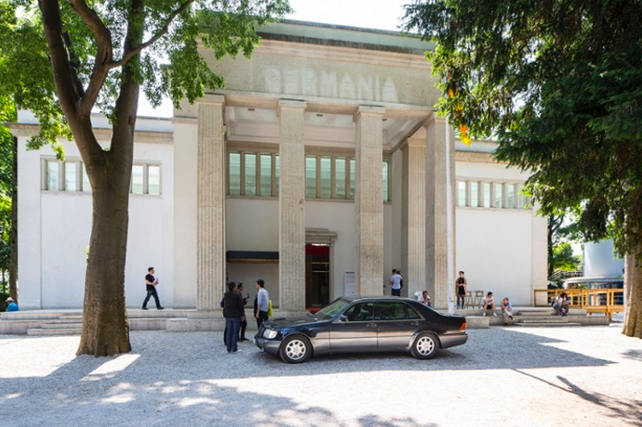
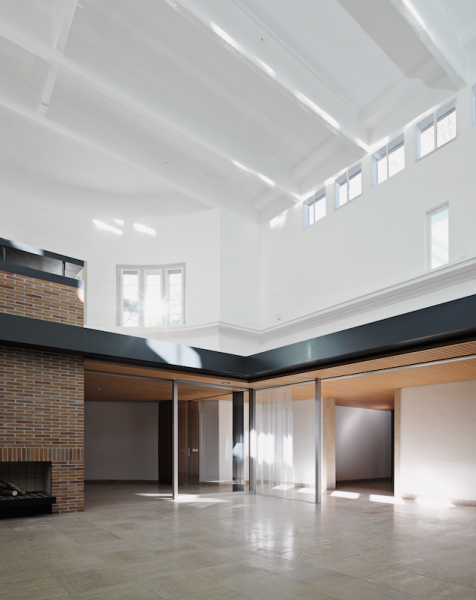
Bungalow Germania. Deutscher Pavillon auf der 14. Internationalen Architektur-Ausstellung — la Biennale di Venezia, 2014.
Bungalow Germania. Pavilion of Germany at the 14th International Architecture Exhibition — la Biennale di Venezia, 2014.
© CLA / Foto: Bas Princen
Interiors and Architecture? It’s complicated. Thoughts after the Alberto Campo Baeza lecture.
When Facebook asks you what’s your relationship status, among the options you find…
“It’s complicated”
Well, maybe that’s what we should consider as the situation between Architecture and Interiors: complicated.

Why is it so complicated?
Well, it seems like architecture no longer cares for interiors.
Architects act like if interior space were a matter of… something empty that will eventually be filled with furniture.
The gap between architecture and interiors reminds of another complicated relationship: the one between interiors and industrial design (remember the “design by vs. designed for” post?)
Many reasons for this, in our opinion.
Contemporary architecture puts top emphasis on the star architects, just like industrial design only seem to care about star designers and big brand names.
Both these approaches can be described as “design by”.
They are closer to the rules of fashion than those concerning the art of building a space.
Alberto Campo Baeza – one of the most famous Spanish architects and Architecture Professor – gave a lecture here in Mantua a few weeks ago inside the fabulous church of San Sebastiano.
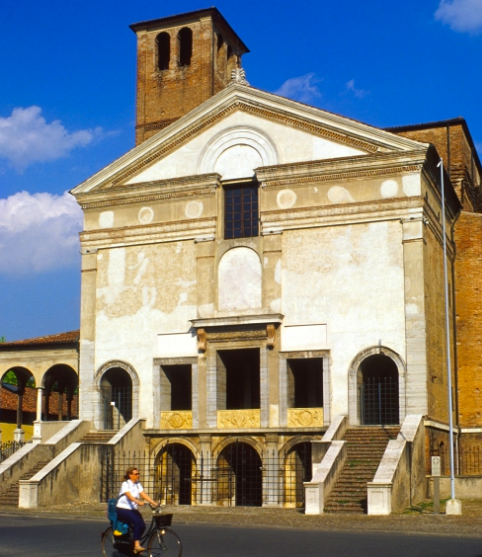
It is one of the greatest churches of the Renaissance, built according to the designs of the Italian humanist, architect and philosopher Leon Battista Alberti.
The lecture was impressive, it made me think about the role of interiors in contemporary architecture.
Of course, I loved the projects he showed and I also appreciated the relationship between his principles and the contexts where he applied them.

I agree with his thinking about what was something similar to what I call “Genius-Loci” as the first condition for a new project of architecture. (He is also a great lecturer… I found his Italian speech with a strong Spanish accent amazing!)
But, from a personal point of you, there is still something missing in this kind of approach to architecture.
Baeza and his colleagues – sons of the Modern Movement and the Minimalism approach – are used to designing such beautiful white buildings overlooking squares in the old city centers of Spanish and Portuguese towns… or else to planning splendid houses overlooking the sea.
They all seem like… Greek temples!
What surprise me more, is that they recognize the Greek concept of “temenos” as one of their most significant models!
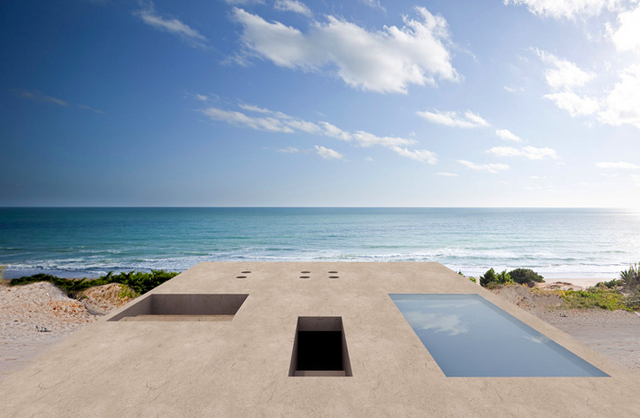
On the long road of western architectural history there is a strong division.
Essentially, Greek architecture is more about the relationship of the building with the landscape and Roman architecture is more concerned in the a relationship with people.
The concept itself of interior spaces emerged with Roman architecture and especially the architecture of the late Latin period.
With the Italian Renaissance the centrality of human beings is rediscovered in architecture as it is in art.
Our cultural and architectural identity comes from here.
Also the most revolutionary fathers of the modern movement have also never neglected it.
So, why we should we do it now?

